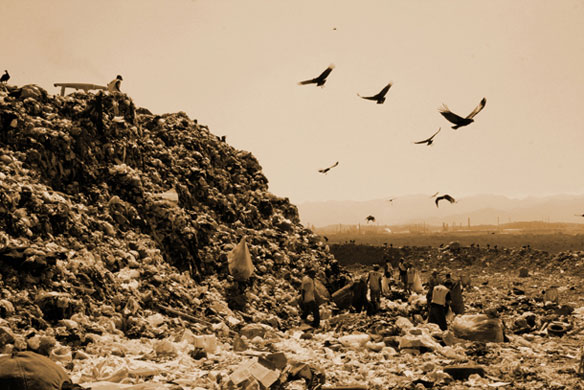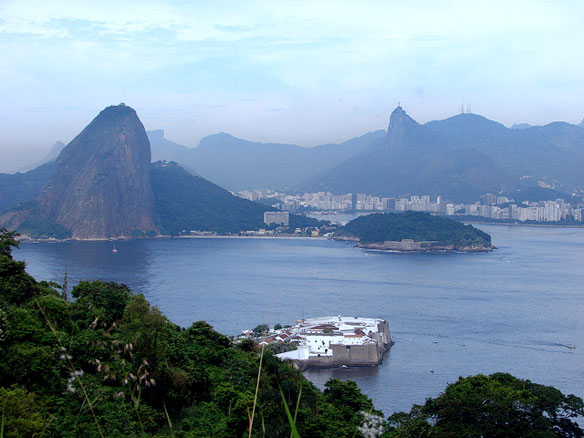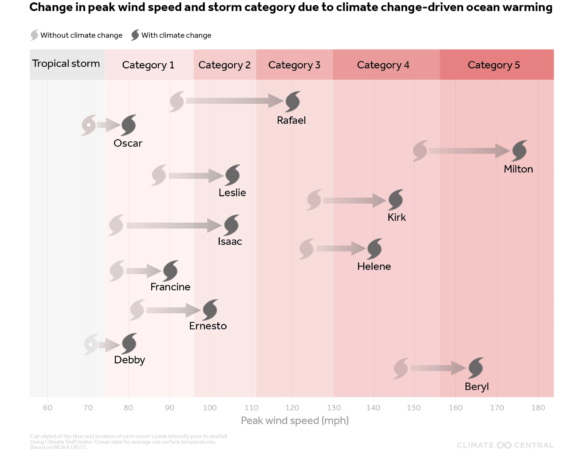
The biggest open air landfill site on earth, built on a swamp, Rio de Janeiro’s Jardim Gramacho dump is where 70% of the garbage produced by this huge metropolis of 11.8 million people ends up. “Viewed from afar it looks like hell…” Captions and Photo Source: Waste Land: Landfill Turned Into Art in Rio de Janeiro, by Rachel Segal Hamilton
Excerpts;
One of the world’s largest open-air landfills, a vast, seaside mountain of trash where thousands of people have made a living sorting through the debris by hand, will close this weekend after 34 years in malodorous service.
Long a symbol of ill-conceived urban planning and environmental negligence, Rio de Janeiro’s Jardim Gramacho dump is being transformed into a vast facility that will harness the greenhouse gases generated by the rotting rubbish and turn them into fuel capable of heating homes and powering cars.
Environmentalists had blamed Gramacho for the high levels of pollution in Rio’s once pristine Guanabara Bay, where tons of run-off from the garbage had leaked…

Guanabara Bay, Rio De Janeiro, Brazil. Photo source: ©© Zimbres
View Photo Gallery, Yahoo News
Waste Land, The Movie Synopsis
Filmed over nearly three years, WASTE LAND follows renowned artist Vik Muniz as he journeys from his home base in Brooklyn to his native Brazil and the world’s largest garbage dump, Jardim Gramacho, located on the outskirts of Rio de Janeiro.
Waste Land, Rio de Janeiro, Youtube Video
Jardim Gamacho provides the setting for Waste Land, the third feature from British documentary maker Lucy Walker. The film follows several catadores whose lives are temporarily transformed through their involvement with Vik Muniz, an internationally acclaimed New York based artist. Academy Awards 2011- Best Documentary Feature Nominee.









